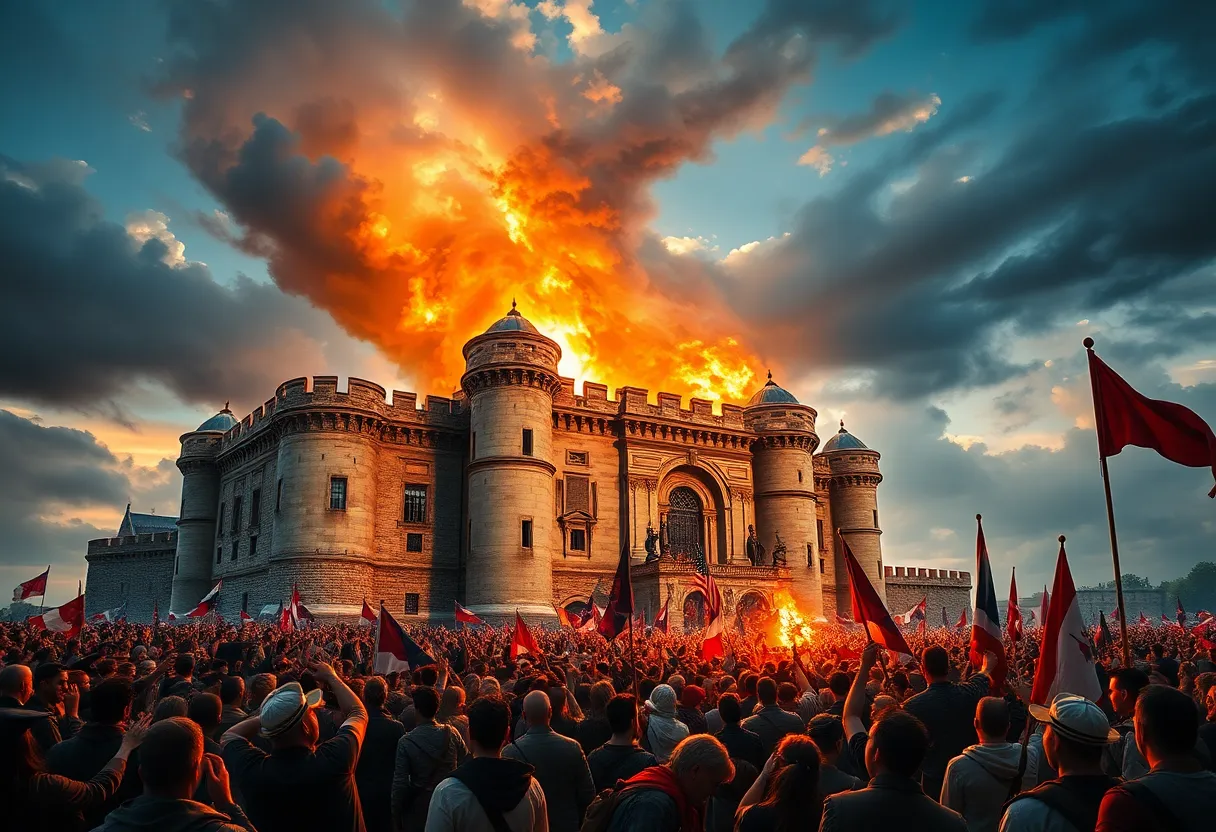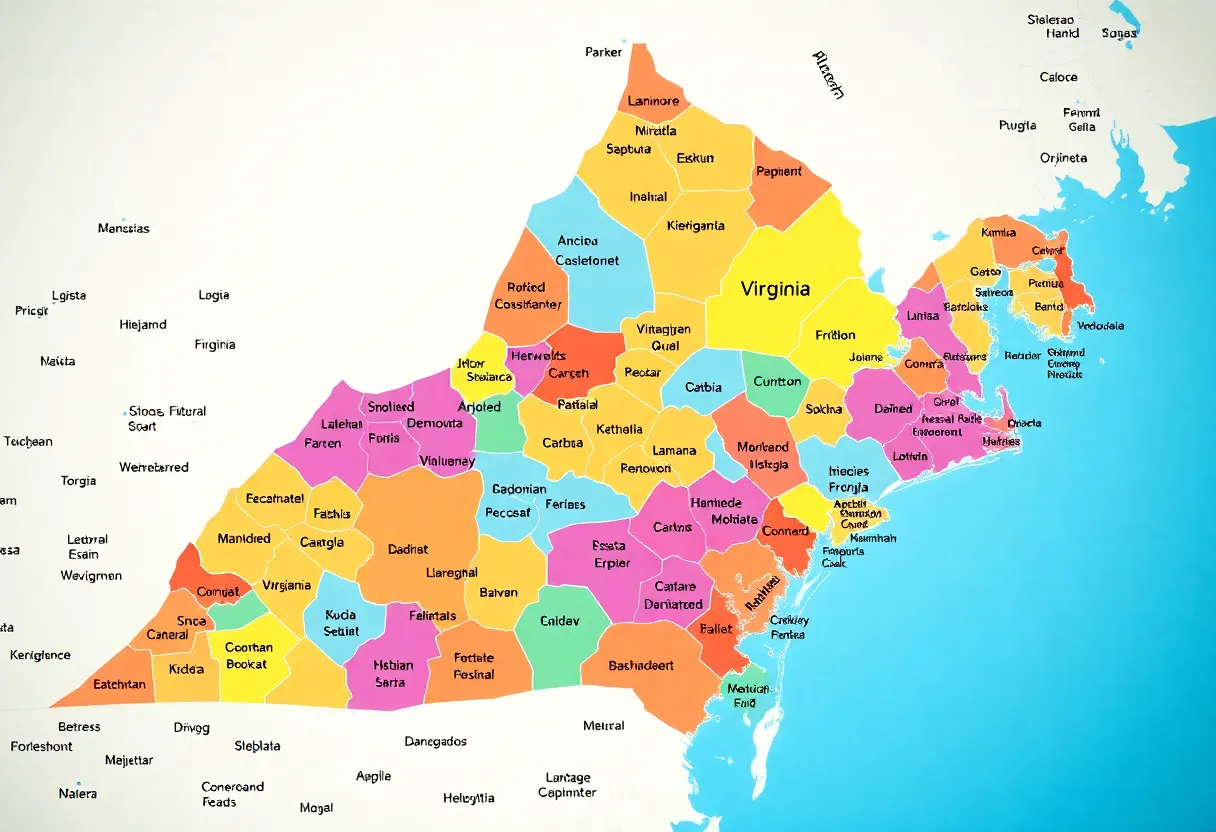News Summary
The French Revolution is a transformative period in history that transitioned France from a monarchy to a republic. Sparked by discontent with the aristocracy and economic troubles, it began with the call for equal representation and led to the storming of the Bastille. The revolution resulted in radical reforms, the abolition of the monarchy, and the establishment of the French Republic, marked by events such as the Reign of Terror. This era significantly impacted France’s political landscape and inspired future democratic movements worldwide.
The French Revolution: A Transformative Era from Monarchy to Republic
The French Revolution is often remembered as one of the most significant events in world history. Beginning in 1789 and wrapping up in the late 1790s, this period brought about radical changes in France, transitioning the nation from a monarchy to a republic. So, what was the driving force behind this massive upheaval? Let’s dive into the details!
What Sparked the Revolution?
It all started with discontent. People in France were pretty unhappy with the aristocracy and the economic decisions made by King Louis XVI. To top it all off, France was on the brink of bankruptcy. This financial mess was partly due to its expensive involvement in the American Revolution and the extravagant spending habits of Louis XVI. With poor harvests, drought, cattle disease, and skyrocketing bread prices, the peasants and urban poor felt the heat, leading to widespread unrest.
The Call to Action
In 1786, the king’s controller general got the ball rolling by proposing a financial reform package that included taxing the wealthy aristocrats. This led to the miraculous summoning of the Estates General for the first time since 1614. The Estates General meeting kicked off on May 5, 1789 and involved representatives from three groups: the clergy, the nobility, and the Third Estate, which consisted of the middle class and the common people.
Here’s the catch: the Third Estate represented a whopping 98 percent of the population but still faced the risk of being outvoted by the other two estates. This imbalance sparked demands for equal representation and a call to abolish the noble veto. Tensions boiled over on June 17, 1789, when the Third Estate declared itself the National Assembly and famously took the Tennis Court Oath, pledging to not disperse until constitutional reforms were made.
A Turning Point: The Bastille
Everything changed on July 14, 1789, with the storming of the Bastille. This event has become a symbol of the revolution and is now celebrated as a national holiday in France. Following this, revolutionary energy surged through the nation, igniting the Great Fear, a period filled with insurrections and looting of aristocratic homes.
Radical Reforms
Just a few weeks later, on August 4, 1789, the National Constituent Assembly abolished feudalism, marking a monumental shift. The *Declaration of the Rights of Man and of the Citizen* was adopted in late August, showcasing democratic ideas inspired by Enlightenment thinkers. By September 3, 1791, France had its first written constitution, defining a constitutional monarchy.
Changing Dynamics
But not everyone was on board. Political radicals were pressing for a more republican setup, which created tension between moderates and extremists within the assembly. The situation escalated further when war was declared against Austria and Prussia back in April 1792, as revolutionaries aimed to spread their revolutionary ideals.
The Monarchy Falls
Chaos reached a peak on August 10, 1792, when a radical group attacked the royal residence, resulting in the arrest of King Louis XVI. Following the September massacres, the National Convention abolished the monarchy altogether and established the French Republic. In a shocking turn of events, on January 21, 1793, King Louis XVI was executed for treason, and just nine months later, Queen Marie Antoinette met the same fate.
Reign of Terror
What followed was the *Reign of Terror*, led by Maximilien Robespierre. During this dark period, over 17,000 supposed enemies of the revolution faced execution. But the tides eventually changed when Robespierre was arrested and executed in July 1794, signaling the end of that horrific chapter.
The Aftermath
As the dust settled, the *Thermidorian Reaction* brought a more moderate phase of the revolution. In 1795, the Directory was established, though it was plagued by internal strife and corruption. The curtain finally fell on this transformative era in 1799 when Napoleon Bonaparte staged a coup d’état, ushering in his rule over France.
So, what have we learned from this fascinating historical moment? The French Revolution not only transformed the political landscape of France but also inspired future movements around the globe. By understanding this era, we gain valuable insights into the power of social change and the quest for democracy.
Deeper Dive: News & Info About This Topic
- Encyclopedia Britannica: Marie Antoinette
- History.com: Bastille Day
- History.com: Robespierre Overthrown
- ZME Science: The French Revolution
- The New York Times: Paris Revolution Tour

Author: STAFF HERE WILLIAMSBURG WRITER
The WILLIAMSBURG STAFF WRITER represents the experienced team at HEREWilliamsburg.com, your go-to source for actionable local news and information in Williamsburg, James City County, and beyond. Specializing in "news you can use," we cover essential topics like product reviews for personal and business needs, local business directories, politics, real estate trends, neighborhood insights, and state news affecting the area—with deep expertise drawn from years of dedicated reporting and strong community input, including local press releases and business updates. We deliver top reporting on high-value events such as Williamsburg Farmers Market, Yorktown Market Days, and Busch Gardens Food & Wine Festival. Our coverage extends to key organizations like the Greater Williamsburg Chamber of Commerce and Colonial Williamsburg Foundation, plus leading businesses in education and hospitality that power the local economy such as College of William & Mary, The Williamsburg Winery, and Sodexo. As part of the broader HERE network, including HEREVirginiaBeach.com, we provide comprehensive, credible insights into Virginia's dynamic landscape.





